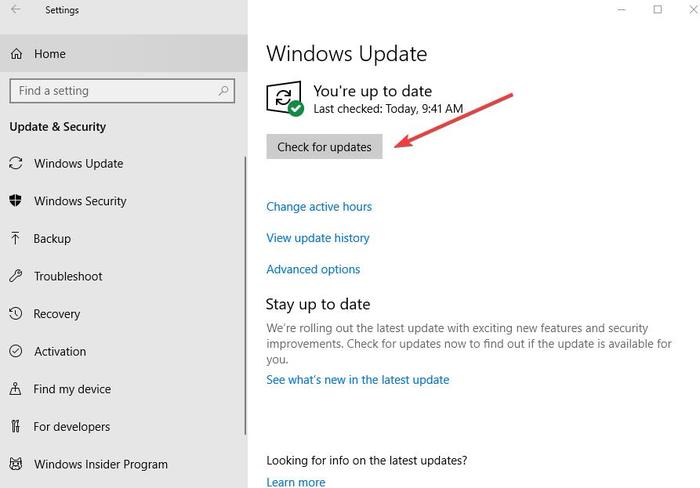1 Gallon: How Much Space Does It Take?
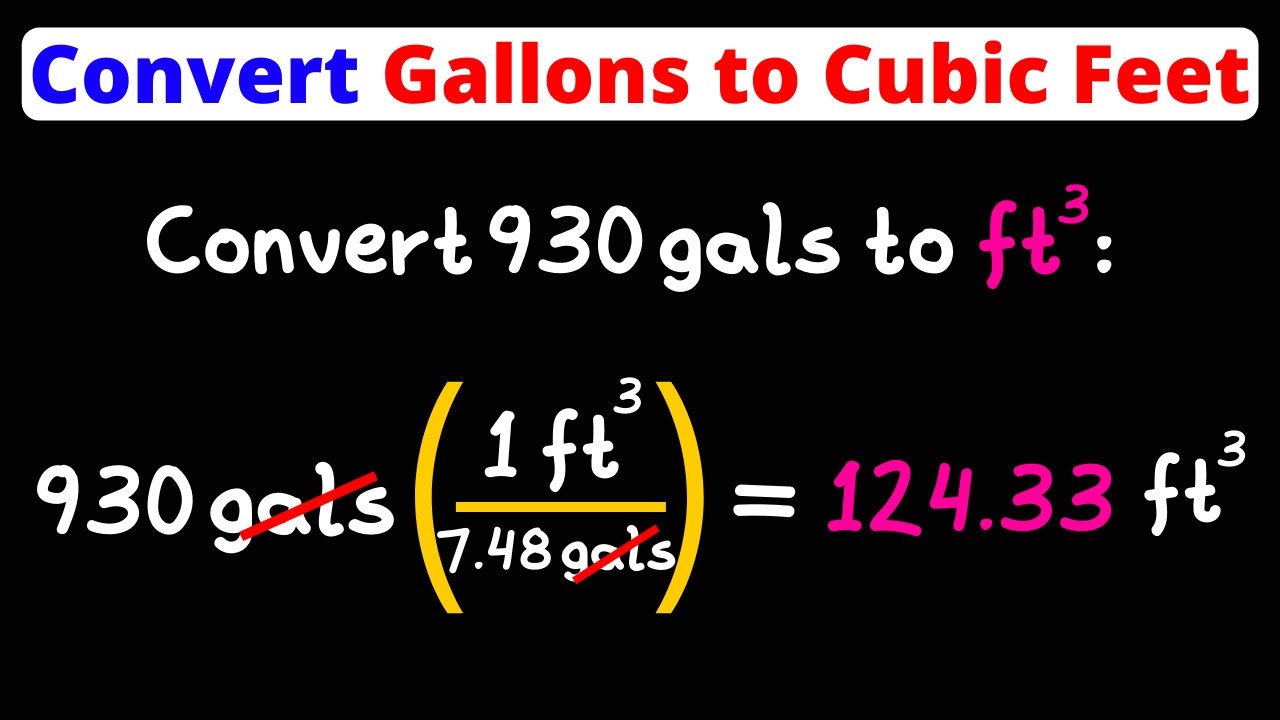
Understanding volumetric measurements is crucial, especially when dealing with liquid substances or storage capacities. The gallon is a widely used unit of measurement, primarily in the United States and a few other countries, and it's essential to grasp its physical representation in terms of space.
The Concept of a Gallon
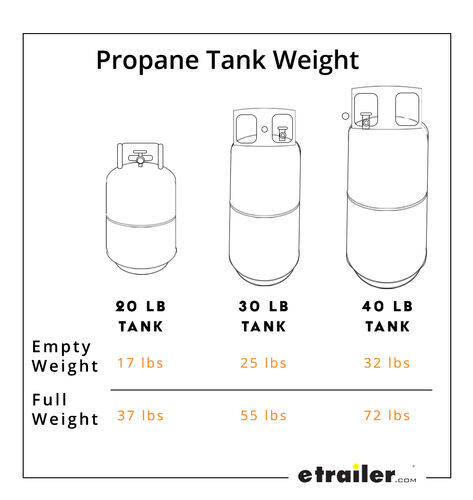
A gallon is a unit of volume primarily associated with the measurement of liquids. In the United States, the gallon is defined as a unit of liquid measurement, while in the United Kingdom and some other countries, it’s used as a unit of both liquid and dry volume. The US gallon and the imperial (UK) gallon differ in size, with the US gallon being smaller.
The US Gallon
The US gallon, officially known as the United States gallon, is equivalent to 231 cubic inches or, more conveniently, 3.785411784 liters. This means that a US gallon of liquid would occupy a space of roughly 3.78 liters or 128 fluid ounces in volume.
The Imperial Gallon
The imperial gallon, also known as the UK gallon or British gallon, is defined as exactly 4.54609 liters. This unit of measurement is used in the United Kingdom, Canada, and some Caribbean nations. The imperial gallon is about 16% larger than the US gallon.
| Gallon Type | Volume (in Liters) |
|---|---|
| US Gallon | 3.785411784 L |
| Imperial Gallon | 4.54609 L |
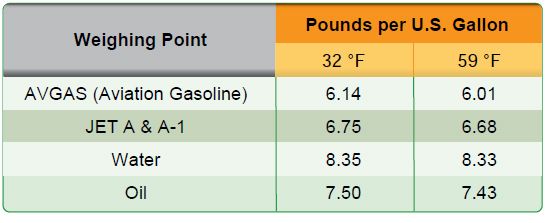
Visualizing the Space: How Big is a Gallon?
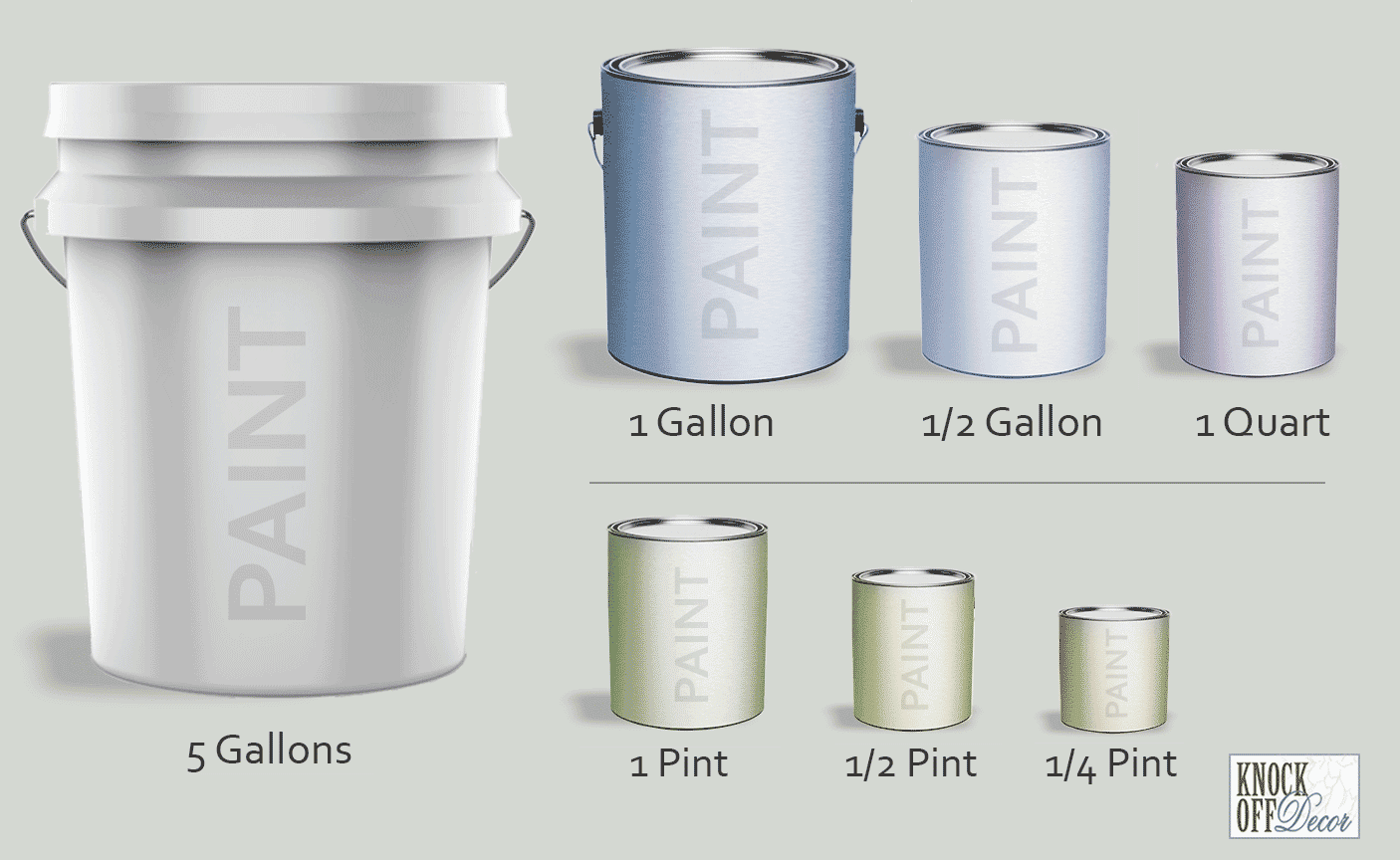
To better understand the physical representation of a gallon, let’s visualize it in various ways.
In Terms of Everyday Objects
Imagine a standard two-liter soda bottle; a US gallon is about 1.89 times the volume of that bottle. For the imperial gallon, it’s approximately 2.27 times larger. So, a US gallon is roughly the size of two large soda bottles, while the imperial gallon is closer to three.
In Terms of Space
A gallon of liquid, whether US or imperial, takes up a considerable amount of space. For the US gallon, it’s equivalent to a cube with sides measuring approximately 7.3 inches (18.5 cm). For the imperial gallon, the cube would have sides of 8.2 inches (20.8 cm). This means that if you were to pour a gallon of liquid onto a flat surface, it would cover an area of 45.6 square inches (for US) or 61.5 square inches (for imperial) in a perfect square.
In Terms of Volume Comparison
To further visualize the volume, consider that a US gallon is roughly equal to the volume of a basketball or about the size of a large watermelon. On the other hand, the imperial gallon is slightly larger than a basketball and closer in volume to a large pumpkin.
Practical Applications of Gallon Measurements
The gallon is a versatile unit of measurement with numerous practical applications. Here are a few examples:
Fuel Efficiency and Gasoline
In the US, fuel efficiency for vehicles is often measured in miles per gallon (mpg). This means that the higher the mpg, the more efficient the vehicle is at consuming fuel. For example, a car that achieves 30 mpg can travel 30 miles on one US gallon of gasoline.
Liquid Consumption and Storage
Gallon measurements are prevalent in the food and beverage industry. For instance, a gallon of milk is a common purchase size in the US. It’s also used to measure water consumption, especially in water conservation efforts, where a gallon per person per day is often cited as a sustainable amount.
Chemical and Industrial Uses
In chemistry and various industries, precise measurements are crucial. The gallon is a fundamental unit for measuring chemicals, solvents, and other liquid substances. For instance, a gallon of a particular chemical might be required for a specific reaction or process.
Conversion and Comparison with Other Units
Understanding the gallon’s relationship with other units of measurement can provide a broader perspective.
Converting Gallons to Other Units
- 1 US Gallon = 128 fluid ounces
- 1 US Gallon = 8 pints
- 1 US Gallon = 4 quarts
- 1 Imperial Gallon = 160 fluid ounces
- 1 Imperial Gallon = 8 pints
- 1 Imperial Gallon = 4.54609 liters
Comparing with Other Common Units
- A US gallon is roughly 4.4 times the size of a liter.
- An imperial gallon is about 5.7 times larger than a liter.
- A US gallon is slightly larger than half a gallon of ice cream, which typically comes in 2-quart containers.
How many cups are in a gallon?
+There are 16 cups in a US gallon and 18.2 cups in an imperial gallon. This is because a cup is defined differently in the US and the UK, with the US cup being 8 fluid ounces and the UK cup being 10 fluid ounces.
What is the difference between a US gallon and an imperial gallon?
+The US gallon is smaller than the imperial gallon. A US gallon is 3.785411784 liters, while an imperial gallon is 4.54609 liters. This means the imperial gallon is about 16% larger.
How do I convert gallons to liters?
+To convert US gallons to liters, multiply by 3.785411784. For imperial gallons, multiply by 4.54609. So, 1 US gallon = 3.785411784 liters, and 1 imperial gallon = 4.54609 liters.
